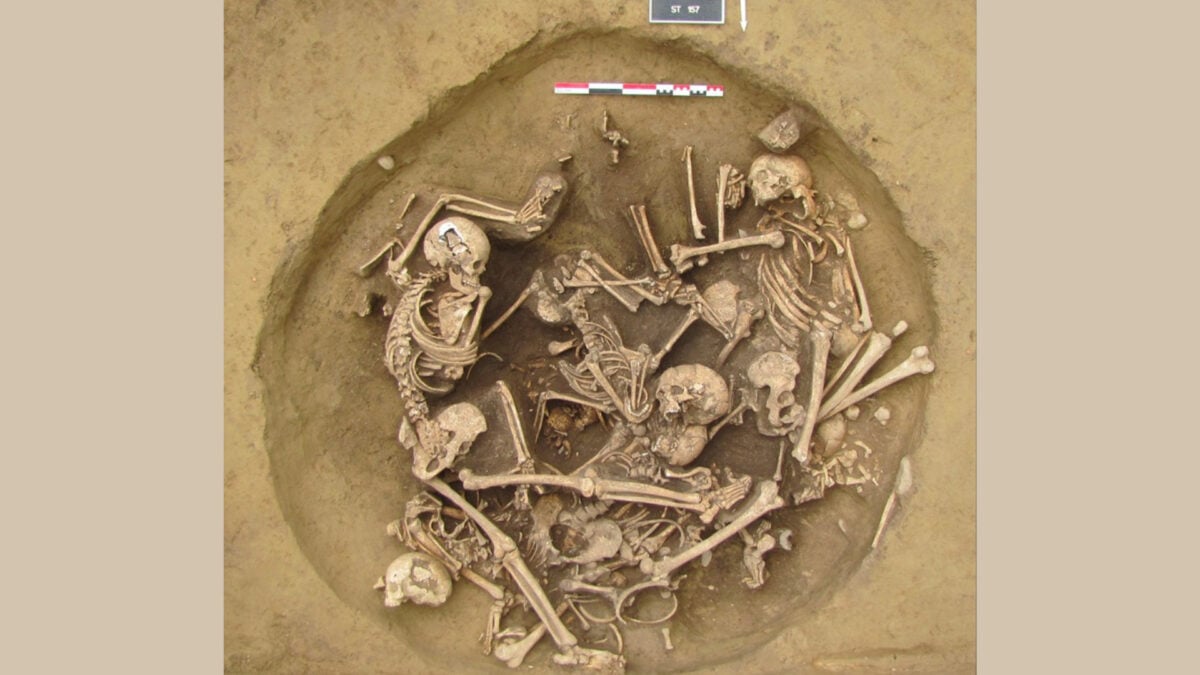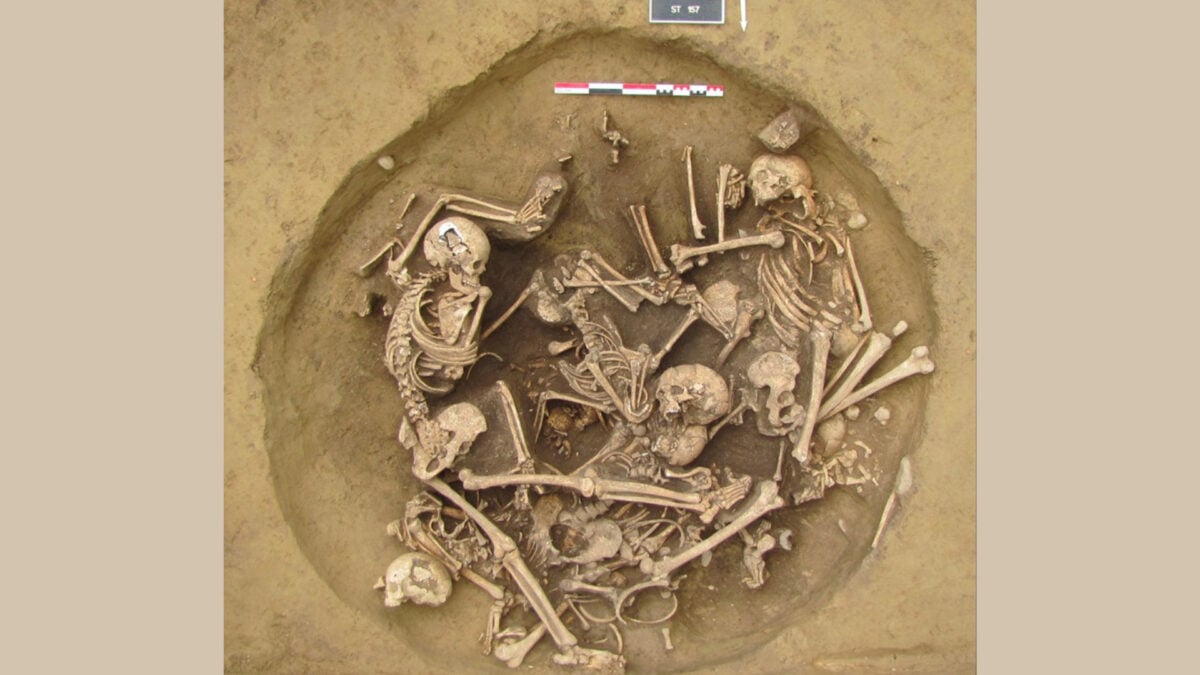Unveiling Stone Age Warfare: A Brutal Past

The Stone Age conjures images of small communities using primitive tools, hunting, and creating rock art. However, new evidence reveals that Neolithic people, during the final phase of the Stone Age (circa 9000 to 3300 BCE), also engaged in wars and brutalized their enemies.
A study published in Science Advances provides chilling insights into how Neolithic societies in northeastern France dealt with prisoners of war. Researchers have discovered skeletal remains and mutilated limbs dated back to between 4300 and 4150 BCE in burial pits at Strasbourg's neighboring sites, Achenheim and Bergheim.
The findings suggest that these were victims of invading forces, likely brutally killed and displayed by locals as part of early victory celebrations. These acts might represent some of the earliest recorded examples of martial triumph celebrations in prehistoric Europe.
Research has revealed that while some of the remains bore gruesome wounds, such as skull fractures that had not healed, others displayed severed limbs. This indicates a violent end for certain individuals, while others, presumably locals, were given typical burials.
Isotopic analyses conducted by the team, including Teresa Fernandez-Crespo from Valladolid University, confirmed that the victims were likely non-local invaders, while the non-victims were locals. This suggests a clear distinction between the treatment of enemies and the local dead.
The researchers noted, "In view of their demise, it is probable that the identities of these victims can be attributed to socially remote, nonlocal enemies that became trophies or captives during battles." Grim evidence of how perceptions of 'the other' justified such brutality.
The study provides a new understanding of Stone Age warfare, offering a glimpse into the darker aspects of human history, where 'overkill' applied in its most literal sense.

